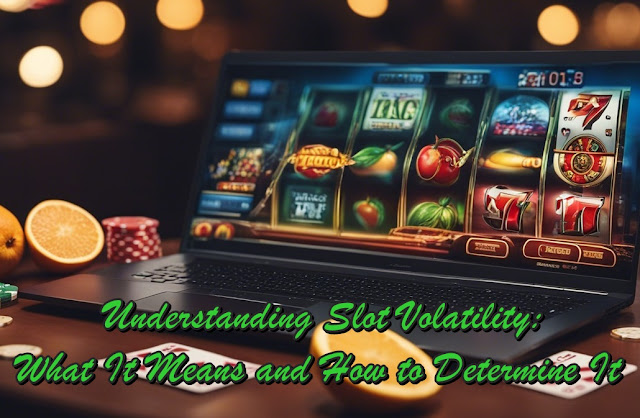Understanding Slot Volatility: What It Means and How to Determine It
Casino slots always come with clear performance indicators. Most of them can be quantified. For example, the Return to Player (RTP) percentage, payout limits expressed as a multiplier of the bet, and the number of paylines. Volatility is an exception to this rule. This metric is denoted conditionally and cannot be expressed as a number. Nevertheless, it is crucial and has a significant impact on a slot's behavior.
What is Volatility?
This concept is frequently encountered in the gambling industry. However, many users confuse it with variance due to their lack of understanding. While variance represents the deviation of actual results from the mathematical expectation, volatility refers to something else entirely. Simply put, it is a measure of a game's riskiness. It determines the frequency and size of payouts in a slot.
There are several levels of volatility:
- High Risk Level: High-volatility slots offer payouts infrequently, but when they do, they are quite substantial. These machines are suitable for players with a sizable bankroll and ample time for gaming. Often, it takes several hundred spins to land a significant win. However, the final prizes can cover the expenses and put the player in profit.
- Medium Risk Level: These slots are the golden mean, enjoying the highest popularity among players due to the balanced frequency and size of payouts. Most slots have medium volatility, appealing to players who dislike extended periods without wins.
- Low Risk Level: Payouts occur frequently in these slots, practically with every spin. However, the amounts may not even cover the cost of the spin. The advantage of such slots lies in their ability to maintain a balance without sharp fluctuations. They are suitable for players with small bankrolls.
The volatility parameter applies not only to regular spins but also to all available mechanics in the slot, including free spins and bonus rounds. The risk level is indicated by providers as High, Medium, or Low.
Sometimes, the volatility in different game modes may differ. For example, in slots where the user selects from several bonus options, each may have a different risk level.
How to Determine Volatility Yourself
Typically, slot developers specify the volatility value in the game's characteristics. However, users can determine the volatility themselves by looking at the maximum payout.
There is a direct relationship between prize sizes and risk:
- If the maximum payout multiplier exceeds x10,000, the slot is highly volatile.
- With maximum prizes ranging from x5000 to x10,000, the risk level is medium.
- If the machine offers no more than x5000 from the user's bet, it is low volatility.
There is also some dependency of risk on the percentage of funds returned to the player. As the RTP increases, volatility decreases.
Assessing a machine's risk level can be done in several ways. The simplest is to check the slot's characteristics. Alternatively, users can try the machine in demo mode. Most casinos offer demo versions of all slots, where bets are made with virtual chips. Since these versions retain the parameters of the slots' operation, users can draw certain conclusions.
Choosing the Right Volatility
There's no one-size-fits-all answer to this question. The profitability of playing a slot machine is determined by its Return to Player (RTP) percentage.
The higher this parameter, the more money the slot returns in the long run.
However, the choice of volatility depends on the following factors:
Bankroll: As volatility increases, the initial budget of the user should also increase. High-risk slots can have lengthy series of spins without payouts, so there should be enough money for at least 200-300 spins.
Gaming Goals: If a user aims to hit the jackpot or achieve a significant payout, high-volatility slots are more suitable. Conversely, slots with low-risk levels are better at maintaining a balance and are a good choice for extended gaming sessions.
However, considering volatility as the sole criterion for choosing a slot is not advisable. In addition to volatility, other important parameters should be taken into account, starting with RTP and ending with in-game mechanics.


